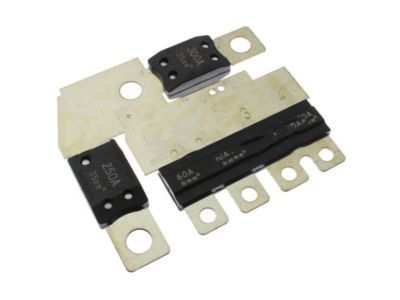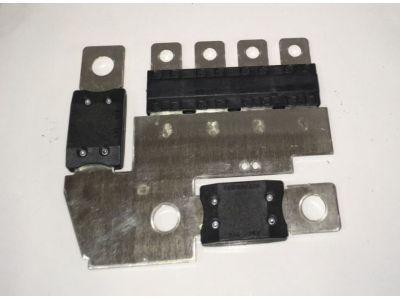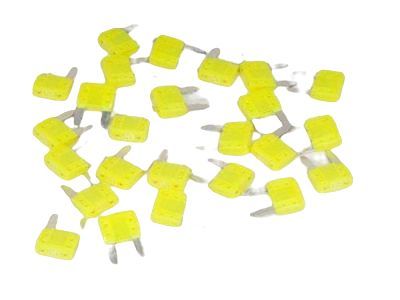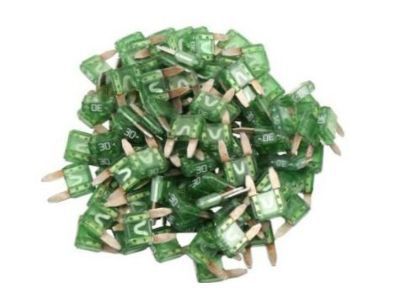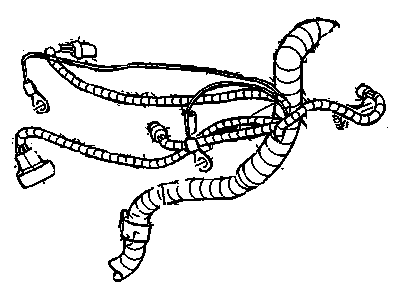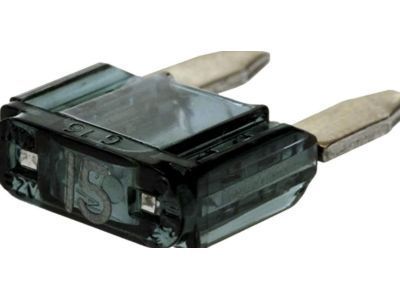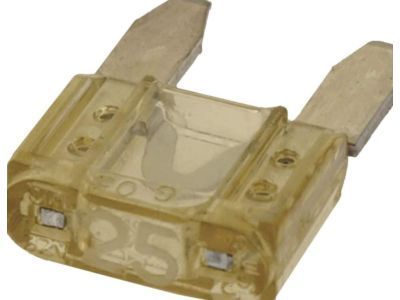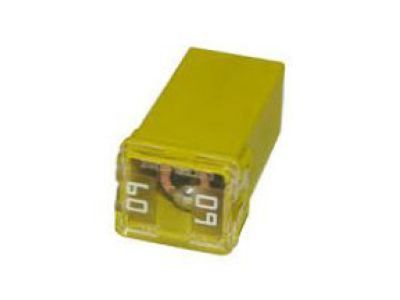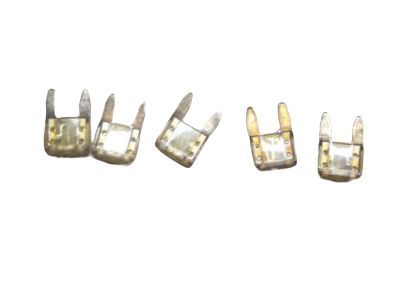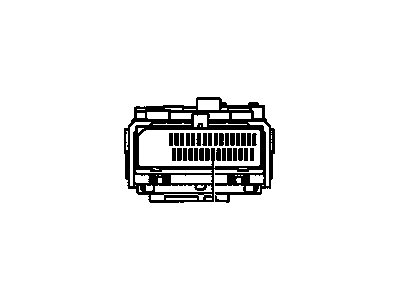
My Garage
My Account
Cart
Genuine Cadillac CTS Fuse
Circuit Fuse- Select Vehicle by Model
- Select Vehicle by VIN
Select Vehicle by Model
orMake
Model
Year
Select Vehicle by VIN
For the most accurate results, select vehicle by your VIN (Vehicle Identification Number).
99 Fuses found
Cadillac CTS Fuse Assembly, Front Compartment Fuse Block
Part Number: 20815889$14.71 MSRP: $24.35You Save: $9.64 (40%)Ships in 1-3 Business DaysCadillac CTS Fuse,Mini 20 A
Part Number: 88861352$2.19 MSRP: $4.13You Save: $1.94 (47%)Ships in 1 Business DayCadillac CTS Fuse,Mini 30 A
Part Number: 12092075$0.08 MSRP: $0.16You Save: $0.08 (50%)Ships in 1-3 Business DaysCadillac CTS Fuse,Mini 15 A
Part Number: 88909754$0.08 MSRP: $0.16You Save: $0.08 (50%)Ships in 1-3 Business DaysCadillac CTS Fuse,Mini 25 A
Part Number: 88909756$0.16 MSRP: $0.30You Save: $0.14 (47%)Ships in 1-2 Business DaysCadillac CTS Fuse
Part Number: 84082834$4.66 MSRP: $7.33You Save: $2.67 (37%)Ships in 1-3 Business DaysCadillac CTS Fuse
Part Number: 15319480$5.04 MSRP: $7.93You Save: $2.89 (37%)Ships in 1-3 Business DaysCadillac CTS Fuse,5 A Mini
Part Number: 12092081$0.27 MSRP: $0.50You Save: $0.23 (46%)Ships in 1-3 Business DaysCadillac CTS Fuse
Part Number: 84082852$13.59 MSRP: $22.49You Save: $8.90 (40%)Ships in 1-3 Business DaysCadillac CTS Fuse
Part Number: 84082848$14.24 MSRP: $22.40You Save: $8.16 (37%)Ships in 1-3 Business DaysCadillac CTS Fuse,Mini 10 A
Part Number: 12092079$4.23 MSRP: $7.98You Save: $3.75 (47%)Ships in 1-3 Business DaysCadillac CTS Fuse Asm,15Amp Micro3 Blade Style, 32V
Part Number: 19119304$3.89 MSRP: $6.13You Save: $2.24 (37%)Ships in 1-3 Business DaysCadillac CTS Fuse,Mini 15 A
Part Number: 19116043$6.41 MSRP: $10.09You Save: $3.68 (37%)Ships in 1-3 Business DaysCadillac CTS Fuse, Multiuse (Repair)
Part Number: 22917201$4.96 MSRP: $8.21You Save: $3.25 (40%)Ships in 1-3 Business DaysCadillac CTS Fuse,Wiring Harness
Part Number: 19209799$3.88 MSRP: $6.11You Save: $2.23 (37%)Ships in 1-3 Business DaysCadillac CTS Fuse
Part Number: 84116257$11.90 MSRP: $19.71You Save: $7.81 (40%)Ships in 1-3 Business DaysCadillac CTS Fuse,Mini 25 A
Part Number: 19116049$4.63 MSRP: $7.29You Save: $2.66 (37%)Ships in 1-3 Business DaysCadillac CTS Fuse,Mini 7.5 A
Part Number: 88909752$2.39 MSRP: $4.50You Save: $2.11 (47%)Ships in 1-3 Business DaysCadillac CTS FUSE *PINK
Part Number: 84082833$4.79 MSRP: $7.94You Save: $3.15 (40%)Ships in 1-3 Business DaysCadillac CTS Fuse,Mini 10 A
Part Number: 19116042$7.45 MSRP: $11.72You Save: $4.27 (37%)Ships in 1-3 Business Days
| Page 1 of 5 |Next >
1-20 of 99 Results
Cadillac CTS Fuse
Each OEM Cadillac CTS Fuse we offer is competitively priced and comes with the assurance of the manufacturer's warranty for the part. Furthermore, we guarantee the speedy delivery of your orders right to your doorstep. Our hassle-free return policy is also in place for your peace of mind.
Cadillac CTS Fuse Parts Questions & Experts Answers
- Q: How are the electrical circuits safeguarded and what should be considered when replacing fuses and fusible links on Cadillac CTS?A:Power circuits of a vehicle are protected by fuses, circuit breakers, snow chains or fusible links; the main fuse/relay panel of a vehicle is situated in the engine compartment; the interior fuse/relay panel can be under instrument panel, the rear seats, or inside a trunk near battery. It will be seen that both types of fuses are alike in that they have an associated small blade terminal which is of medium and large fuses are easily withdrawable by hand while the fuses of the smaller type require the use of pliers or a plastic 'fuse-puller'. If an electrical component is faulty, then to ascertain whether the problem is with the fuse, one has to use the test light to check for power at the terminal ends; if power is present at one end but not at the other end, then the fuse is fused or one can physically see whether the element is fused, particularly if it is made of metal and has melted. In particular, it is necessary to put the new fuses of the correct type of a certain rate into the circuit since the usage of other fuses can cause improper protection of the circuit. In case a replaced fuse blows off immediately, the problem that led to a fault should be rooted and may, in most circumstances, be a short circuit as an indication of worsening wiring. In the same way, some circuits have fusible links to protect them from high current and these elements are themselves conductors used where high currents are present and which melt when the current is too high. In case a fusible link is blown, it should be replaced with one of similar specification; if it blows once again there is a problem with the circuit and new link should not be used.

